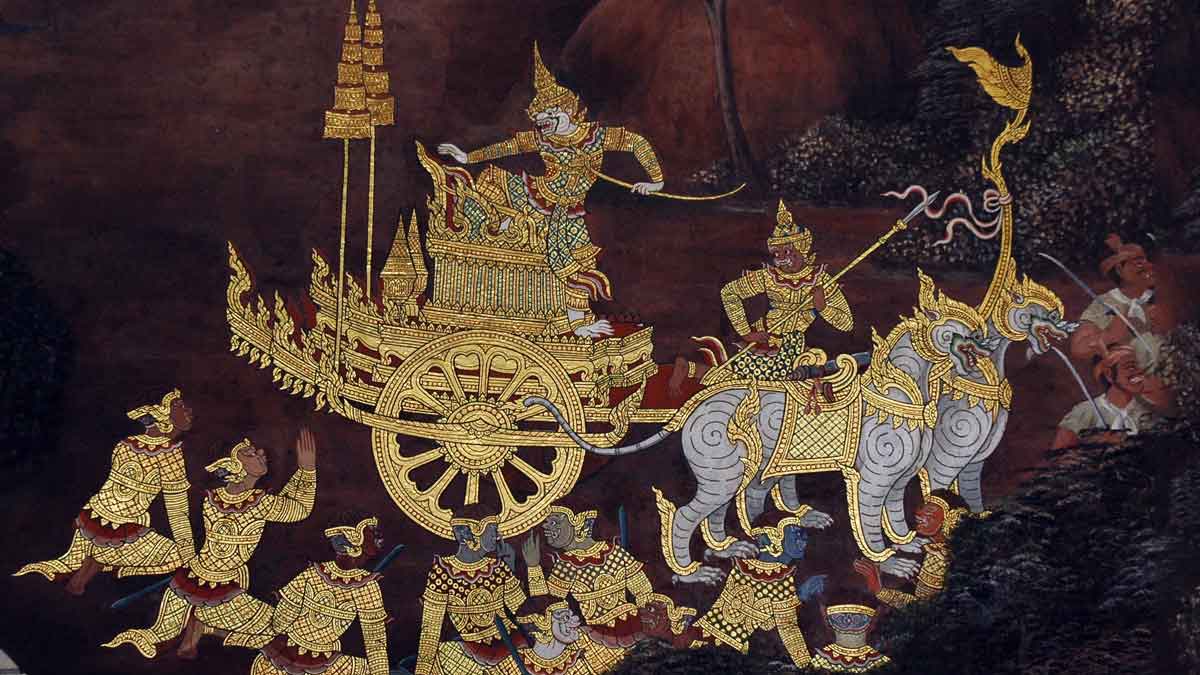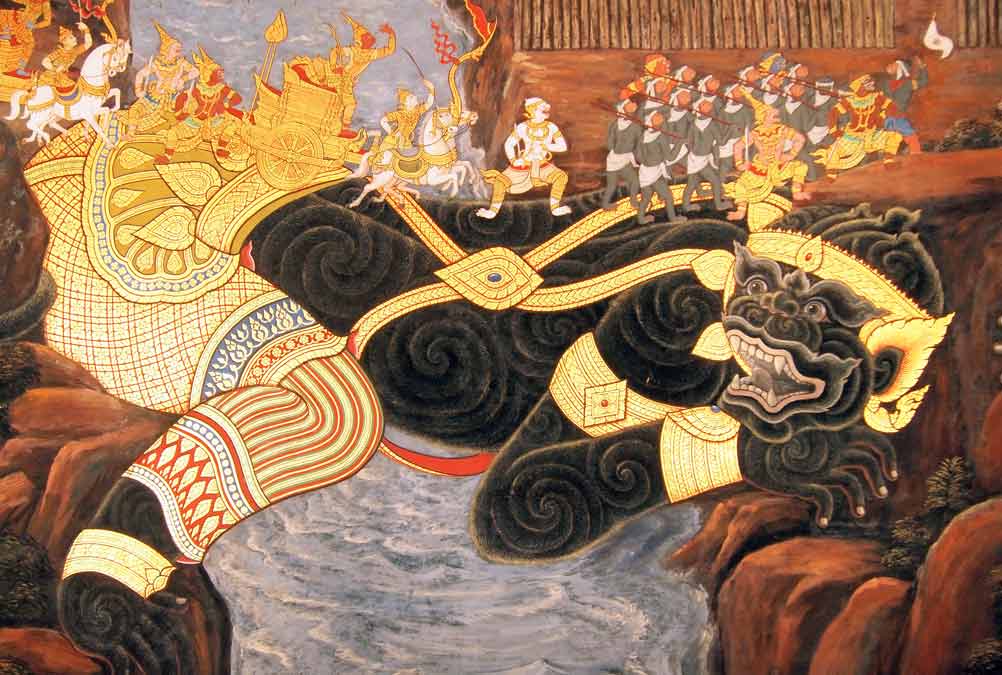
Diwali 2022: 4 Interesting Facts About Ramakien, Thai Version Of Ramayana
Depending on the methods of counting, there are at least 300 versions of the Ramayana that are known to exist. The Hindu epic is a sacred tale of Lord Ram and Goddess Sita, who were human forms of Lord Vishnu and Goddess Lakshmi.
The tale teaches that good always wins over evil. Although the gist remains the same, different versions have slightly different tales, personalities and relationships that characters share. The Sanskrit version written by Valmiki is considered the oldest.
However, did you know that there is a Thai version of Ramayana? It is called Ramakien and stands amongst the national epics of Thailand. Its literal meaning is ‘glory of Rama’.
King Rama VI was the first who put Ramakien into the limelight. When its sources were traced, it was found that the story has roots in the Vishnu Purana, the Valmiki’s Ramayana and the Hanuman Nataka, all three are sacred to followers of Hinduism.
Since Diwali is around the corner, it is the best time to reflect on a few interesting facts about Ramakien. Let’s see how similar or different its story is from the one we all have heard since our childhood.
Ramakien Has Magical Properties

According to ancient myths, people in Thailand believe that Ramakien has magical properties. Therefore, whoever can read it straight for seven days and nights could command the heavens for three days and nights of rainfall.
1
2
3
4
Well, legends also believe that Valmiki’s Ramayana also had magical powers. For ages, people have believed that if a person reads even a single verse of Ramayana, they will bear a male heir to the family because the majority of our biased society has always been sexist. Many also believe that reading the epic can help an evil person purify their soul and a poor person might become rich.
Ramakien Is A Story Of The Purification Of Evil Souls

Many Thai scholars believe that Ramakien is a tale that only people with special knowledge can decode and understand its true message. It was a story of the spiritual quest of Ram for Nirvana (Sita).
It also speaks of the purification of intellectual and physical forms of Tosakanth or Ravana and his brothers. They were imperfect beings who had desires and were driven by passion. On the other hand, the monkey warriors were virtuous.
Hanuman Led The Monkey Army
In the original version, Lord Hanuman set fire all around Lanka, and he did all that with no help from anyone. However, according to Ramakien, Lord Hanuman attacked Krung Longka (Lanka) with the help of his monkey army.
It is believed that his army was initially unable to attack because the city was surrounded by a river. Therefore, Hanuman used his magical powers to become a giant who acted as a bridge for monkeys to cross the river and attack the people of Tosakanth’s army.
Don't Miss: Legends And Significance Of Designing Rangoli On The Festival
Ravan’s Character Is More Human

The current version of Ramakien was written in the 18th century. While Ramayana was a story of Lord Ram and his virtues, the Thai version explores more about the demon king Tosakanth.
A. K. Ramanujan, an Indian poet, wrote in his essay on 300 Ramayanas, “The Ramakien admires Ravana’s resourcefulness and learning, while his abduction of Sita is seen as an act of love and is viewed with sympathy.”
Don't Miss: Taking Part In Ashtami Pushpanjali During Periods Isn’t ‘Dirty’
Thai people applaud Tosakanth’s sacrifice of his kingdom, family and life for the sake of the love he had for a woman. In Valmiki’s Ramayana, Ravana is all evil, but Ramakien’s version of Tosakanth is a human - a mixture of good and evil. His fall makes people sad here unlike in Valmiki’s version where everyone rejoiced when the evil was killed.
Also Watch
1
2
3
4